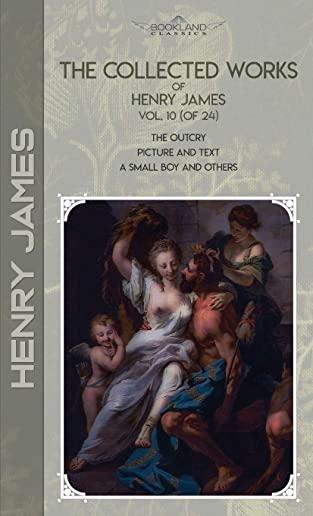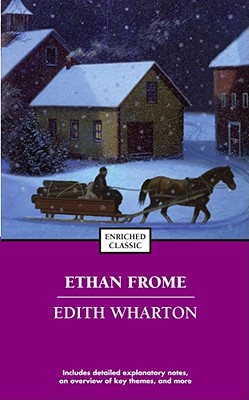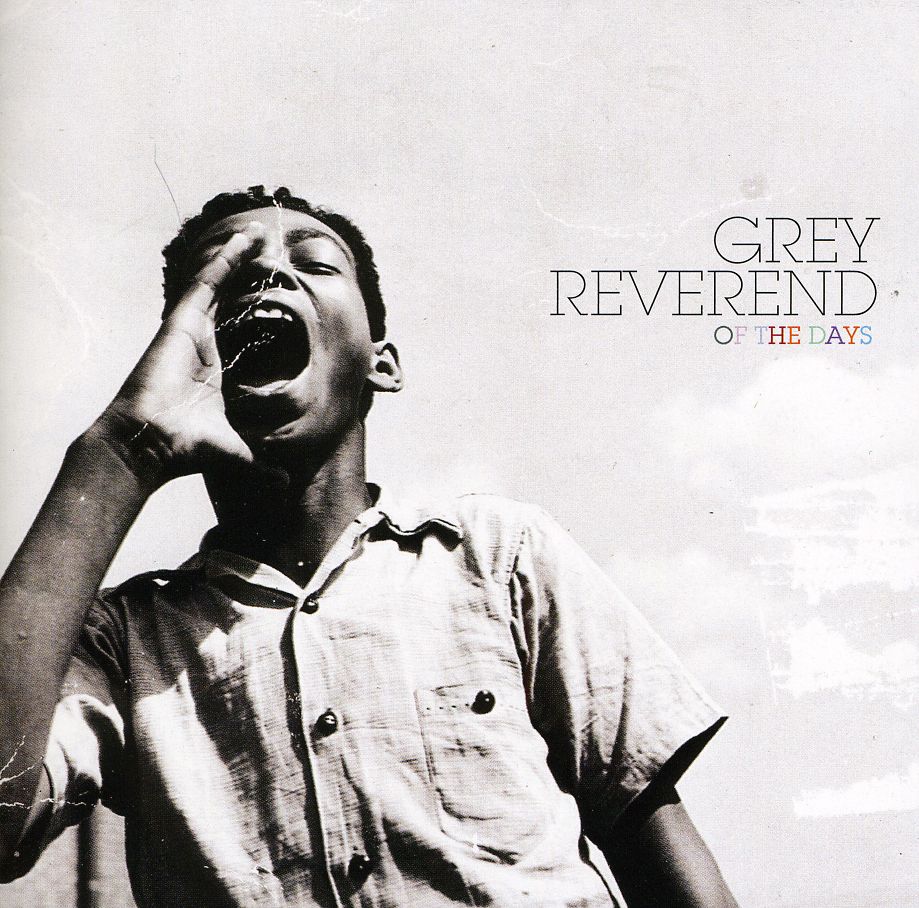
James, Henry
The Outcry is a novel by Henry James published in 1911. It was originally conceived as a play. James cast the material in a three-act drama in 1909, but like many of his plays, it failed to be produced. (There were two posthumous performances in 1917.) In 1911 James converted the play into a novel, which was successful with the public. The Outcry was the last novel he was able to complete before his death in 1916. The storyline concerns the buying up of Britain's art treasures by wealthy Americans.
To cover the gambling debts of his daughter Kitty Imber, the widowed Lord Theign is planning to sell his beautiful painting Duchess of Waterbridge by Sir Joshua Reynolds to American billionaire Breckenridge Bender. Hugh Crimble, a young art critic, argues against the sale, saying that Britain's art treasures should stay in the country. He is supported by Theign's perceptive daughter, Lady Grace. When the newspapers get wind of the potential sale of the Reynolds, they raise a patriotic outcry, which delights Bender.
Meanwhile, Crimble has found another painting in Theign's collection that he suspects is a rarity by Mantovano. (James thought this artist was a fiction, but it later turned out that there really was an obscure painter of that name.) Eventually, Crimble's hunch about the Mantovano turns out to be correct. Theign decides to donate the Mantovano to the National Gallery and not to sell the Reynolds to Bender. His friend Lady Sandgate also donates her family's Sir Thomas Lawrence painting to the Gallery, which unites her and Theign.
Picture and Text is a collection of essays by Henry James on the art of illustration, published in 1893. The essays are brief profiles of the principal illustrators for Harper and Brothers books and magazines, and has been remembered for extensive and perceptive essays on John Singer Sargent and Honor Daumier. Included with the essays on black-and-white illustration of texts is a discussion in dialogue form about the similar relation between scenery and play in the theater.
A Small Boy and Others is a book of autobiography by Henry James published in 1913. The book covers James' earliest years and discusses his intellectually active family, his intermittent schooling, and his first trips to Europe.
This memoir tells of a precocious boy who loved the sights and sounds of his childhood but felt reticent about full participation in life. The note is sounded from the first chapters, as James recounts the limitations-and rewards-of the child he was:
"For there was the very pattern and measure of all he was to demand: just to be somewhere-almost anywhere would do-and somehow receive an impression or an accession, feel a relation or a vibration. He was to go without many things, ever so many-as all people do in whom contemplation takes so much the place of action; but everywhere...he was to enjoy more than anything the so far from showy practice of wondering and dawdling and gaping: he was really, I think, much to profit by it."
James clearly suffered from a sense of his inferiority in the "showy", active parts of life. His older brother William always seemed superior in ability; his classmates scorned his hopelessness at math and science; even at a party he felt too embarrassed to join in the dancing.







